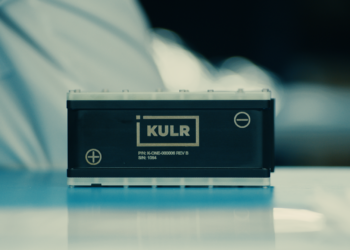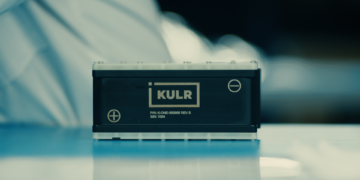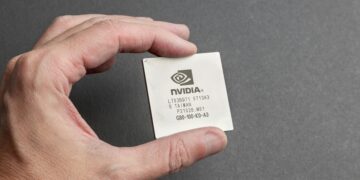3.3 MW hosting agreement at Kentucky facility marks new model for renewable-powered digital asset infrastructure
KULR Technology Group (KULR), a Bitcoin+ treasury company focused on frontier technologies spanning high-performance energy systems and AI robotics, has announced a new hosting partnership with Soluna Holdings (SLNH), a developer of green data centers for intensive computing. Under the agreement, Soluna will host and operate approximately 3.3 megawatts (MW) of Bitcoin mining capacity for KULR at its Project Sophie facility in Kentucky.
The collaboration marks Soluna’s first partnership with a Bitcoin treasury-focused company, broadening its customer base beyond traditional Bitcoin miners and hyperscale clients. The agreement underscores both firms’ shared commitment to sustainability and innovation in the growing intersection of digital assets and renewable energy.
“This partnership represents a new chapter in how we serve the market,” said John Belizaire, CEO of Soluna. “Treasury companies like KULR are increasingly seeking sustainable, high-performance computing infrastructure to diversify their digital asset strategies. We’re proud to pioneer a flexible hosting model that meets this evolving demand.”
For KULR, the initiative aligns with its broader strategic mission to integrate sustainability into its technology ecosystem. “Partnering with Soluna allows us to engage in Bitcoin mining through a renewable, reliable, and operationally efficient framework,” said Michael Mo, CEO of KULR Technology Group. “This is only the beginning. As we expand into Battery Backup Unit solutions and AI data center hosting, Soluna stands out as the ideal partner for future projects powered by stranded renewable energy.”
The partnership signals a convergence of clean energy infrastructure and digital asset innovation—an emerging model for how technology and finance can collaborate to create environmentally responsible growth in high-performance computing.
You might like this article:Verizon Partners with AST SpaceMobile to Deliver Space-Based Cellular Coverage











